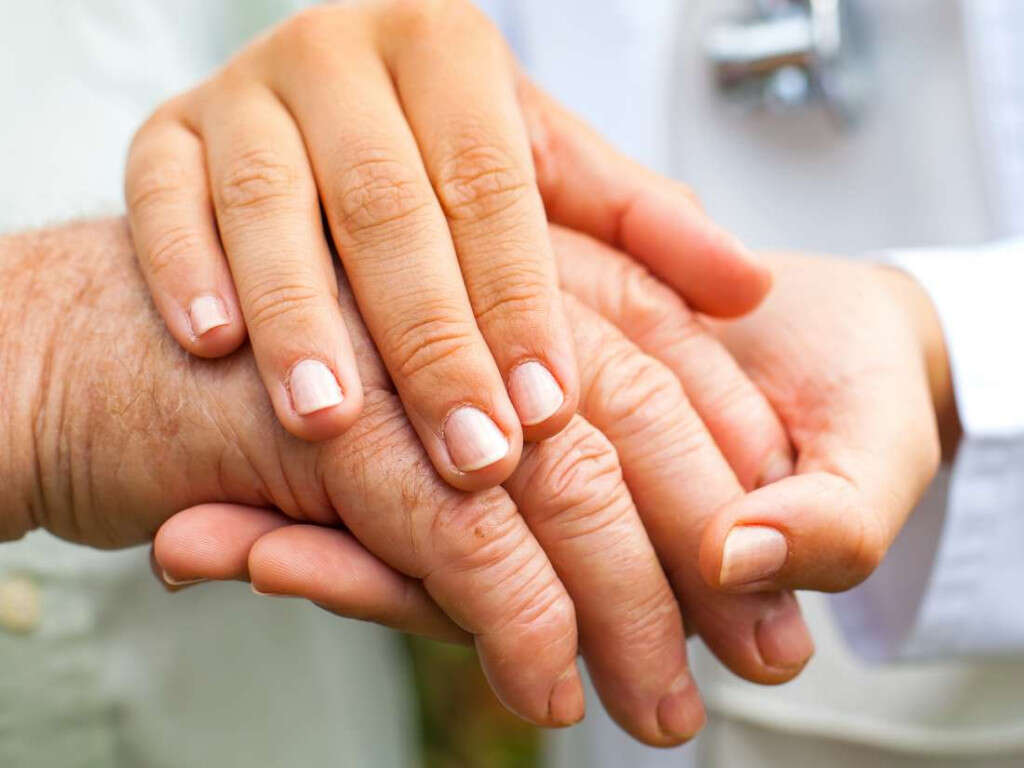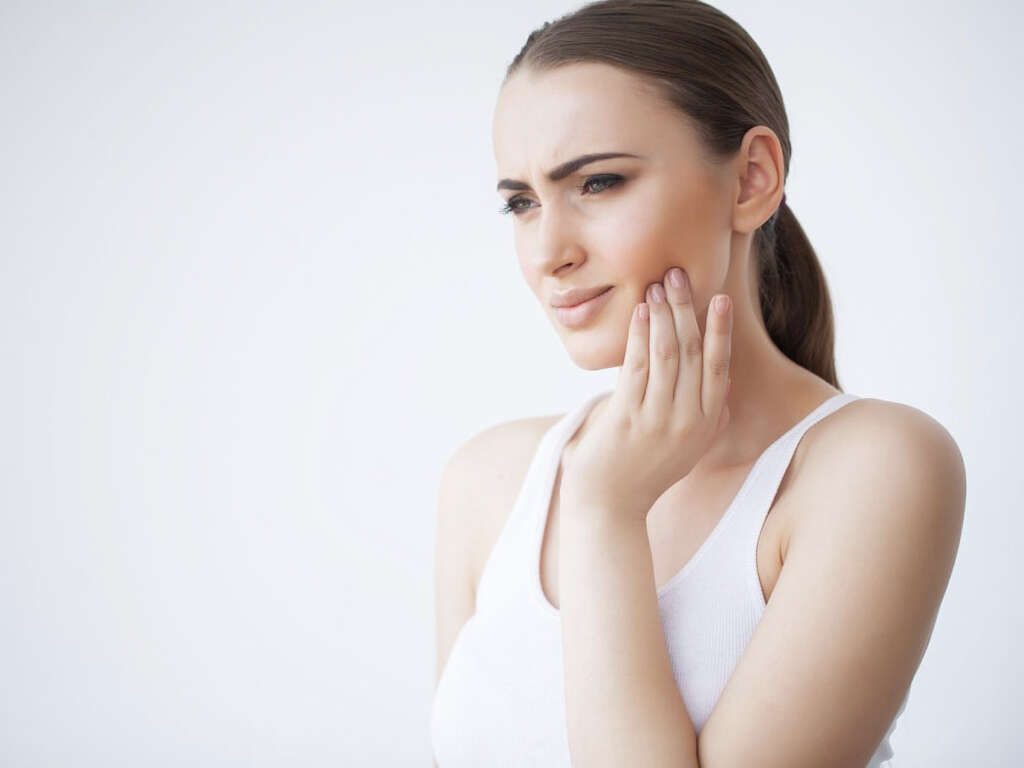10 Common Eating Disorders
Food is essential to us. Without it, we would simply die. It is also delicious and often one of the most enjoyable things about life. It is important that we eat sensibly, though, because we need the right types of nutrients and in the right quantities. Unfortunately for some people, eating disorders mean that they will struggle to eat a balanced diet.
Eating disorders tend to be psychological rather than physical 1https://www.eatingdisorderhope.com/information/eating-disorder. Regardless of the cause, eating disorders can be very dangerous as they cause the patient to forego vital nutrients. Here’s a look at some of the most common eating disorders.

Common Eating Disorder #1: Night-Eating Syndrome
Sticking to a healthy diet can be difficult, especially when there are so many delicious temptations in the way. Many of us will do so well only to eventually give in to a chocolate eclair or slice of cake. Such lapses are not always regular, though, but some people can find unhealthy foods irresistible every night.
Night eating syndrome is a disorder when cravings for unhealthy food become overwhelming at night. Even if the person has stuck to their diet well throughout the day, the kitchen can still get raided at night. One cause of this is compensating for a lack of nutrition throughout the day.

Common Eating Disorder #2: Pica
There is a huge variety of different types of food in the world, much of which will be unpalatable to many people. Regardless of taste and what you are used to, however, food is still food regardless of our own preferences. Some people, though, will have cravings for food that simply is not food at all.
Pica is a condition that causes people to have cravings for non-food items and substances 2https://psychcentral.com/disorders/pica-symptoms/. This can be substances such as earth, chalk, metals and plastics. Not only do these not provide us with the nutrition we need, they can also contain toxins and other harmful substances.

Common Eating Disorder #3: Drunkorexia
Alcohol is popular throughout much of the world, although most of us are aware of the risks involved. The main risk is that some people can become dependent on it, potentially ruining their lives and the lives of others around them. Another factor that is on a lot of people’s minds is the calorie content.
A lot of drinkers will switch from calorie-rich beers to relatively light wines and spirits, while others will take a different approach. Drunkorexia is a slang term (non-medical) used to describe the habit of eating less food in the knowledge they will be drinking in hope of balancing their calorie intake. Drinking without first eating can make you very ill, while you will also suffer from a lack of nutrition. It could also lead to serious complications.
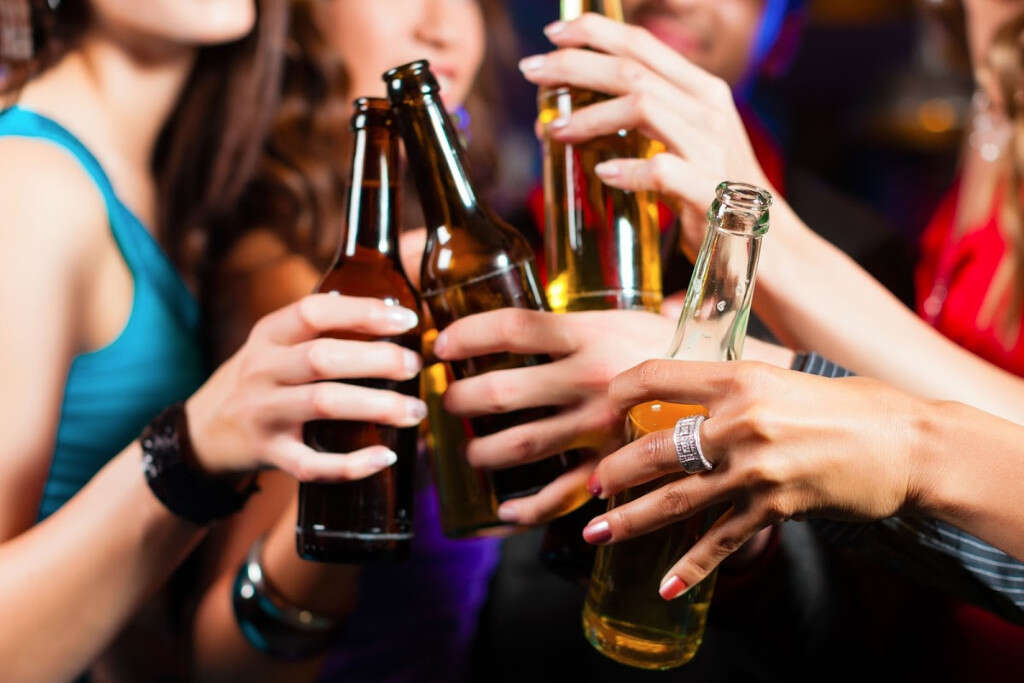
Common Eating Disorder #4: Anorexia Athletica
We are often told that we should spend time exercising and it is advice that we should listen to. Among other things, it can help us to lose excess weight by helping us to burn off calories. While this is recommended as being healthy for us overall, it can lead to an eating disorder in some people.
People with anorexia athletica will count the calories they have consumed with the intention of burning those calories off through exercise. While it may sound reasonable in theory, it could lead to people over-exercising as a result. This can lead to injuries and fatigue and could even lead to serious complications with vital organs.

Common Eating Disorder #5: Eating Disorder Not Otherwise Specified (ED-NOS)
Eating disorders are often quite noticeable, with patients often reaching extremes in weight. Symptoms are also often clearly recognizable and the conditions clearly defined by the medical community. Sometimes, though, people can fall into categories where they have disorders that are not officially categorized.
Eating disorder not otherwise specified (ED-NOS) is a condition where the patient doesn’t fall under official categorizations, yet still, have apparent disorders when it comes to eating. It is common for people with ED-NOS to maintain a healthy weight despite showing other symptoms of eating disorders. The health risks are still very real regardless of the patient’s weight.

Common Eating Disorder #6: Rumination
Cows, goats, sheep and some other animals fall into the ruminant category of animals. One thing that makes these stand out from other animals is their quite unique digestive systems and the fact that they regurgitate their food to chew it again. This is known as chewing the cud, and some people are known to do it as well.
Rumination occurs mostly in children but also sometimes in adults. Even hours after eating a meal, it can be bought back up and chewed again. It is thought that it could be triggered by stress or by other eating disorders, although not much is yet known about the condition.

Common Eating Disorder #7: Orthorexia
Eating healthy is important for our overall well being. This means making sure that you eat food that has plenty of nutritional value, while also limiting unhealthy foods that promote excessive weight gain and other complications. It is not always necessary to follow a strict diet to be healthy, though, and a reasonable balance will do. For some people, however, it is an obsession.
Orthorexia is an eating disorder that causes people to become obsessed with the nutritional value of their food. It has to be healthy, and it has to be ‘pure’. This can cause them to severely restrict their intake potentially leading to malnutrition and other complications.
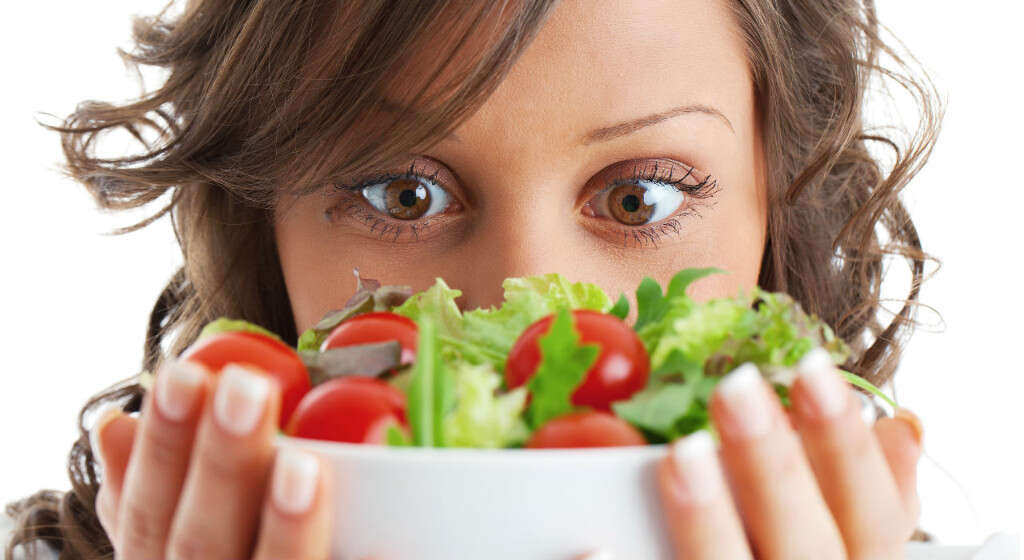
Common Eating Disorder #8: Binge Eating
We all enjoy a good feast from time to time. Food is often so delicious that it’s hard to say no to more, particularly around holidays. Most of the time, though, we tend to be quite sensible when it comes to eating, but binge eating is an eating disorder found in some people.
A binge eating episode can cause somebody to eat so much that they feel physically sick and vomiting is not uncommon. Afterwards, they will likely feel depressed and ashamed of themselves. Binge eating can be triggered by stress and depression and can affect people more at certain times of the year such as holidays when they are expected to be social.
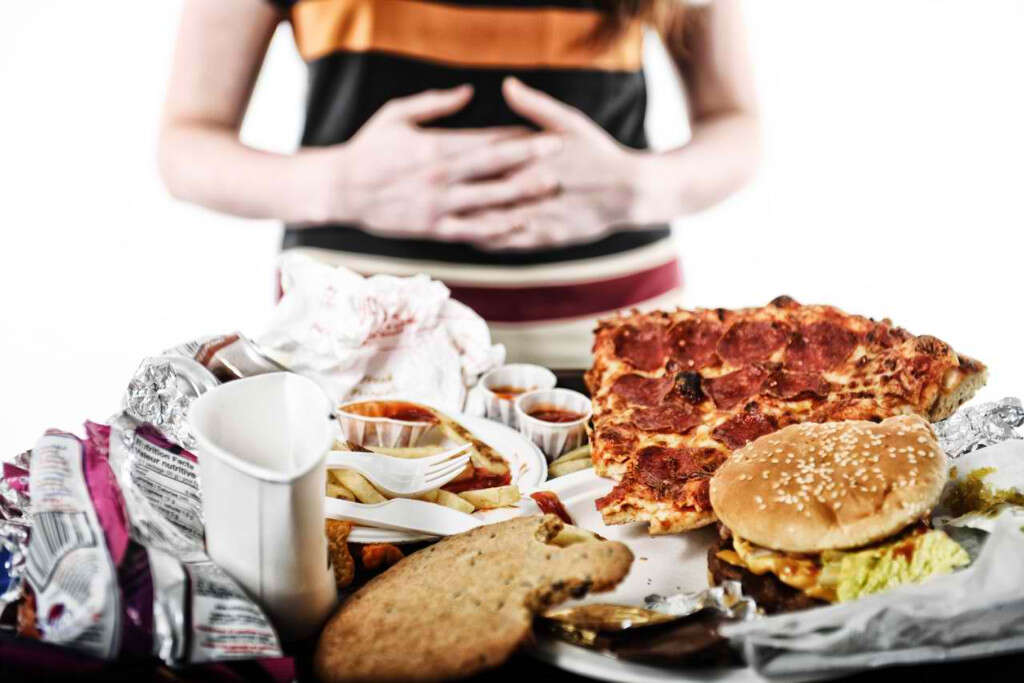
Common Eating Disorder #9: Anorexia Nervosa
The media will often portray thin people to be beautiful. While it is true that obesity can be dangerous, however, the idea that we should be thin is more of a social construct. While many of us will try to watch our weight within reason, for some people it can become a dangerous obsession.
In an effort to be as thin as possible, people with anorexia nervosa are likely to be physically very thin. Not only does their lack of food intake cause them to be thin, it also means that they are more prone to illness as they are not getting the nutrition they need. In severe cases, it could even lead to organ failure.
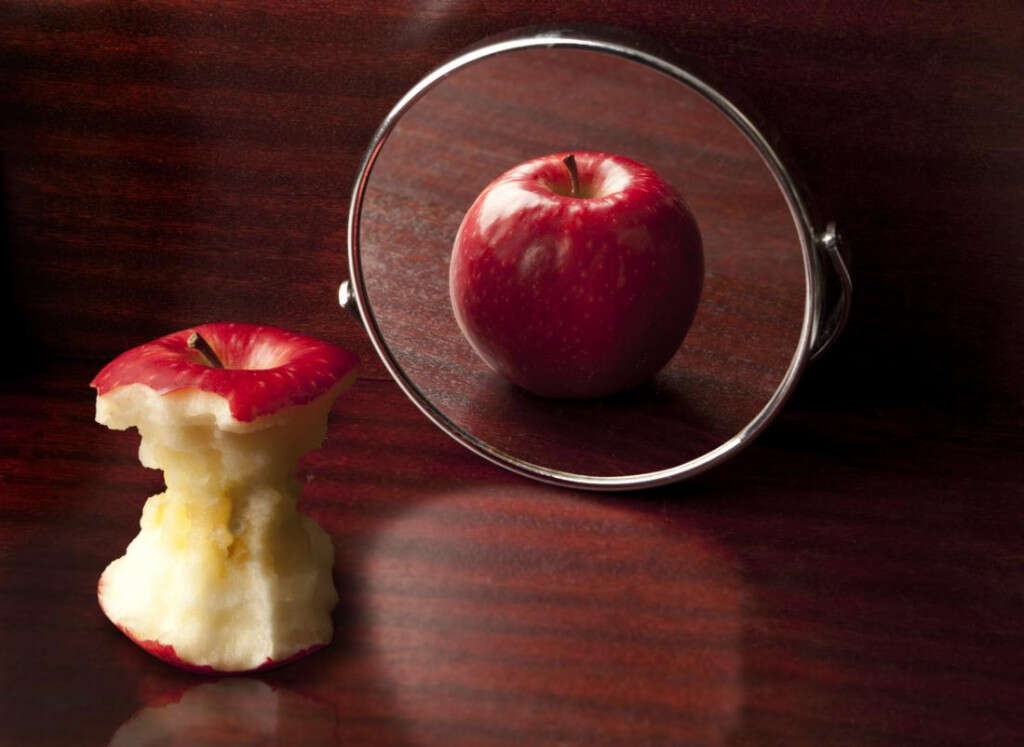
Common Eating Disorder #10: Bulimia Nervosa
It takes a while for us to digest our food. It takes time for the food to be broken down and for the nutrients to be absorbed. This means that the food needs to remain in the stomach for a while if we are to get the nutrients we need from it. Some people, though, will not allow the food to remain for as long as it needs to.
People with bulimia nervosa are usually quite happy to eat but will tend to excuse themselves shortly after. This is so they can find a bathroom where they are able to purge the meal they just ate through laxatives or vomiting. With the food purged before it can be digested, the patient will suffer from malnutrition and a host of associated complications.







